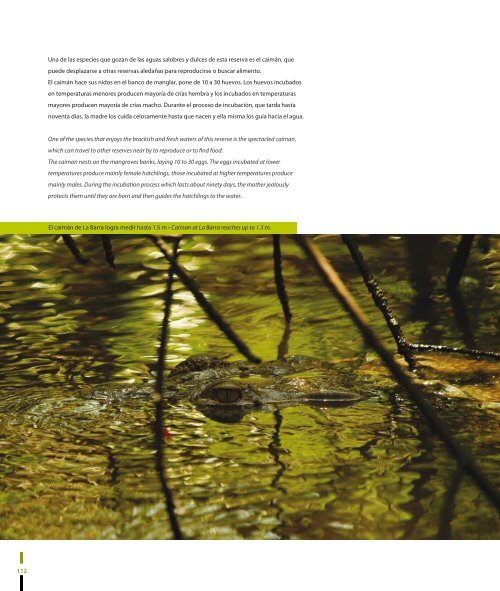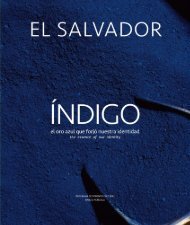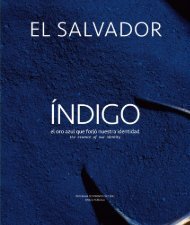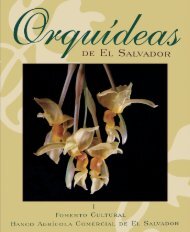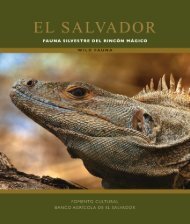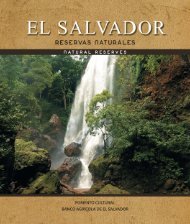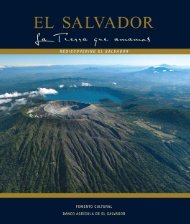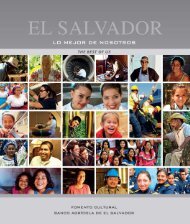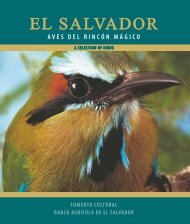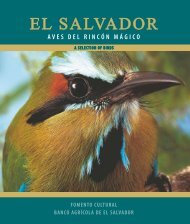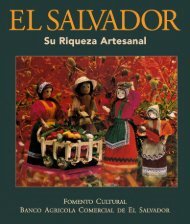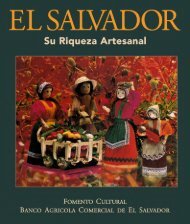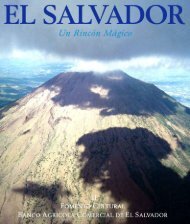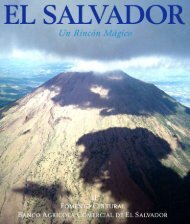You also want an ePaper? Increase the reach of your titles
YUMPU automatically turns print PDFs into web optimized ePapers that Google loves.
Una de las especies que gozan de las aguas salobres y dulces de esta reserva es el caimán, que<br />
puede desplazarse a otras reservas aledañas para reproducirse o buscar alimento.<br />
El caimán hace sus nidos en el banco de manglar, pone de 10 a 30 huevos. Los huevos incubados<br />
en temperaturas menores producen mayoría de crías hembra y los incubados en temperaturas<br />
mayores producen mayoría de crías macho. Durante el proceso de incubación, que tarda hasta<br />
noventa días, la madre los cuida celosamente hasta que nacen y ella misma los guía hacia el agua.<br />
One of the species that enjoys the brackish and fresh waters of this reserve is the spectacled caiman,<br />
which can travel to other reserves near by to reproduce or to find food.<br />
The caiman nests on the mangroves banks, laying 10 to 30 eggs. The eggs incubated at lower<br />
temperatures produce mainly female hatchlings, those incubated at higher temperatures produce<br />
mainly males. During the incubation process which lasts about ninety days, the mother jealously<br />
protects them until they are born and then guides the hatchlings to the water.<br />
El caimán de La Barra logra medir hasta 1.5 m • Caiman at La Barra reaches up to 1.5 m.<br />
112


